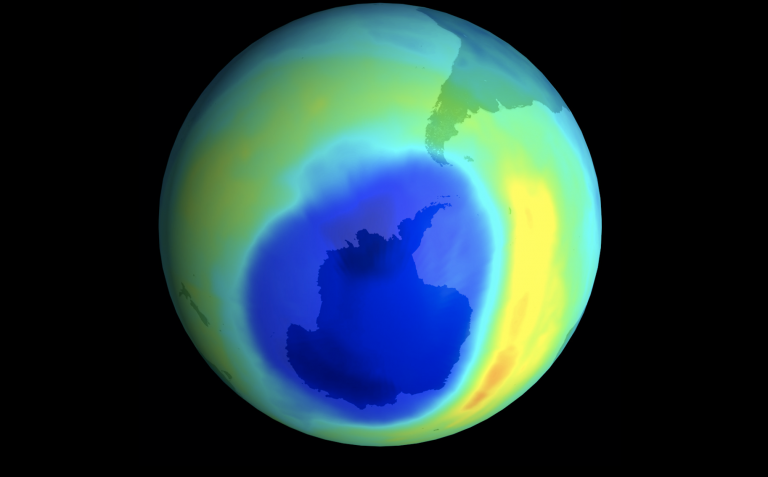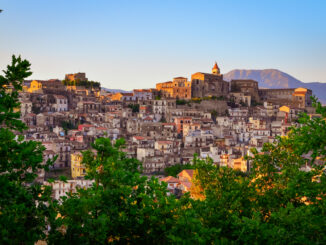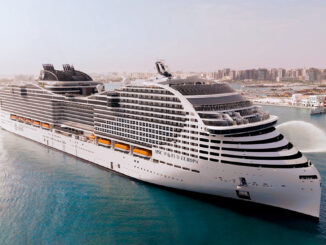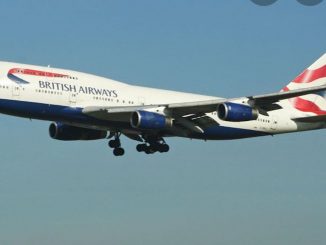
The annual appearance of the ozone hole in Antarctica could be one of the smallest since the mid-1980s. This is what scientists at the Copernicus Atmosphere Monitoring Service (CAMS) claim. CAMS scientists have in fact observed that this year the ozone hole is being reduced to about half the size it usually is at this time of year.
In addition to being much smaller than in recent years, it is also “off-centre” and “off-axis”. Forecasts indicate that the ozone hole may start to grow gradually again. However, it is unlikely to reach the magnitude of the last two to three decades again.
Monitoring the Ozone Hole
The Copernicus Atmosphere Monitoring Service (CAMS) has been implemented by the European Centre for Medium-term Weather Forecasting (ECMWF) on behalf of the European Union. This body contributes to the international commitment to the preservation of the ozone layer. In fact, its aim is to monitor and provide accurate data on the current state of it.
This activity is crucial. The stratospheric ozone layer, in fact, acts first of all as a shield. As a result, it protects the planet from the harmful effects of ultraviolet radiation.
The Situation Today
Typically, the ozone hole in Antarctica begins to form every year in August. It reaches its maximum size in October, then closes again in December. However, CAMS data reveal that this year it started developing about two weeks earlier than expected and than in previous years.
This would be due to a displacement of the polar vortex, i.e. the cold air in the stratosphere beyond the Earth’s atmosphere. Since the beginning of September, in fact, the vortex that provides the conditions for the formation of the ozone hole has moved “off-center”. In addition, it has weakened due to a sudden stratospheric warming event (SSW). Temperatures in the upper stratosphere are rising up to 40 degrees above normal. For this reason the polar vortex has been more unstable than normal.
The ozone hole occurred for the first time many decades ago. This was a consequence of harmful emissions by humans into the atmosphere, such as chemicals from aerosols, refrigerants, pesticides and solvents.
Fortunately, human beings have become aware of their role in this phenomenon over the years. As a result, they have decided to make a global commitment to fighting pollution. For this reason, in 1987 196 countries signed the Montreal Protocol, in order to ban the use of the main chemicals harmful to the ozone layer. To commemorate this agreement, the United Nations also created the International Day for the Preservation of the Ozone Layer.








